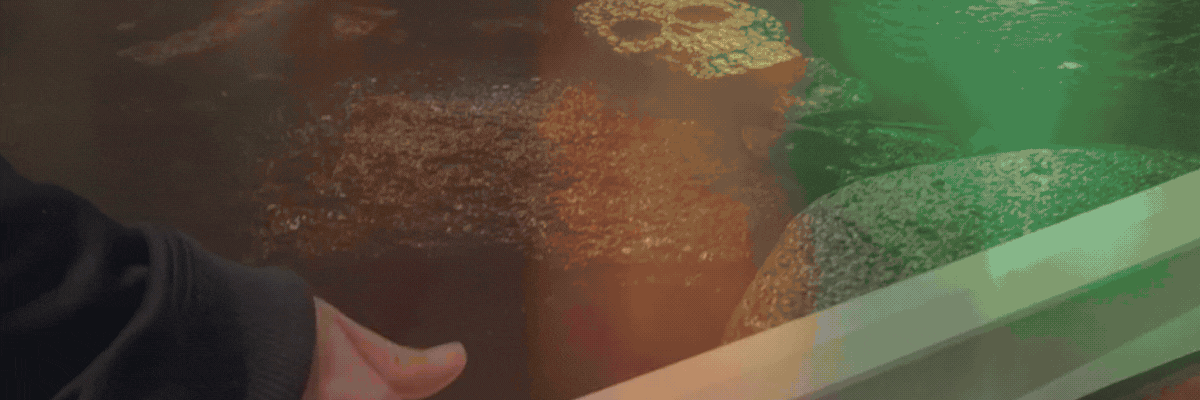Overcoming Imposter Syndrome as a Visual Artist: A Guide to Owning Your Creative Power
As a visual artist, you pour your heart and soul into your work. Yet, despite your talent and achievements, you might still hear that nagging voice in your head: "Who do you think you are? You’re not a real artist."
If this sounds familiar, you’re not alone. Imposter syndrome for artists is a common struggle—even among the most successful creators. The good news? You can overcome it, reclaim your confidence, and step into your full potential.
In this guide, we’ll break down:
What imposter syndrome is and why artists experience it
Famous artists with imposter syndrome (yes, even the greats feel this way!)
Common imposter syndrome symptoms to watch for
Proven strategies to silence self-doubt and embrace your artistic identity
Let’s dive in.
4 Years of Marketing Experience…
condensed into these 11 marketing lessons
What Is Imposter Syndrome for Artists?
Imposter syndrome is the persistent fear of being exposed as a "fraud," despite evidence of your skills and accomplishments. For visual artists, this often manifests as:
Comparing yourself to others and feeling inadequate
Downplaying your achievements ("I just got lucky")
Fear that your work isn’t "good enough" to sell or exhibit
Hesitation to call yourself a "real" artist
Sound familiar? You’re in good company.
Famous Artists with Imposter Syndrome
Even legendary creators have battled self-doubt. Here are a few famous artists with imposter syndrome who pushed through it:
1. Vincent van Gogh
Van Gogh sold only a handful of paintings in his lifetime and constantly questioned his talent. In letters to his brother Theo, he wrote about feeling like a failure—yet today, he’s one of the most celebrated artists in history.
2. Frida Kahlo
Despite her iconic status, Kahlo often doubted her work, famously saying, "I paint self-portraits because I am so often alone, because I am the person I know best." Her vulnerability became her strength.
3. Claude Monet
Monet destroyed many of his own paintings out of frustration, fearing they weren’t perfect. Yet, his work defined Impressionism.
4. Georgia O’Keeffe
O’Keeffe struggled with feeling like an outsider in the art world, yet she persisted and became a pioneer of American modernism.
If these masters felt like imposters at times, it’s proof that self-doubt doesn’t define your talent—it’s just part of the creative journey.
Imposter Syndrome Symptoms: How to Spot Them
How do you know if you’re dealing with imposter syndrome as an artist? Here are the most common signs:
Perfectionism – You obsess over tiny flaws, never feeling your work is "finished."
Overworking – You hustle relentlessly to "prove" you deserve success.
Discounting Praise – When someone compliments your art, you brush it off.
Fear of Failure (and Success) – You avoid opportunities, fearing you’ll be "exposed."
Comparing Yourself to Others – You scroll through Instagram and feel like you’ll never measure up.
Recognizing these imposter syndrome symptoms is the first step to breaking free.
How to Overcome Imposter Syndrome as an Artist
Now, let’s talk about solutions. Here’s how to silence self-doubt and own your creative power:
1. Reframe Your Thoughts
Instead of thinking, "I don’t belong here," try:
"My art is unique, and that’s my strength."
"Every artist starts somewhere—I’m growing every day."
2. Keep an "Evidence File"
Create a folder of:
Positive feedback from clients or fans
Milestones (exhibitions, sales, commissions)
Progress shots of your work over time
When doubt creeps in, review it. Proof > Perception.
3. Embrace the Learning Process
No artist is born a master. Even Picasso said, "It took me four years to paint like Raphael, but a lifetime to paint like a child." Growth is the goal, not perfection.
4. Limit Comparison (Especially on Social Media)
Social media shows curated highlights, not struggles. Follow accounts that inspire you—not ones that make you feel inferior.
5. Talk About It
You’d be surprised how many artists feel the same way. Join a supportive community (like The Art of Selling Art) and share your struggles.
6. Own the Title: "I Am an Artist"
Say it out loud. Write it down. The more you claim it, the more natural it becomes.
Tell yourself that you belong here - really, say it outloud every day until you believe it (and say it with conviction): “I belong here”
Imposter syndrome for artists is real—but it doesn’t have to control you. Remember:
Even the famous artists with imposter syndrome doubted themselves.
Your imposter syndrome symptoms are just thoughts, not truths.
Every brushstroke, every sale, every exhibition proves you’re a real artist.
The world needs your art. So keep creating, keep believing, and most importantly—keep showing up.
You’ve Mastered The Craft - Now, Master the SALE.
Learn the process and systems behind selling your craft.
Stop waiting for gallery validation or social media virality—take control of your success.





